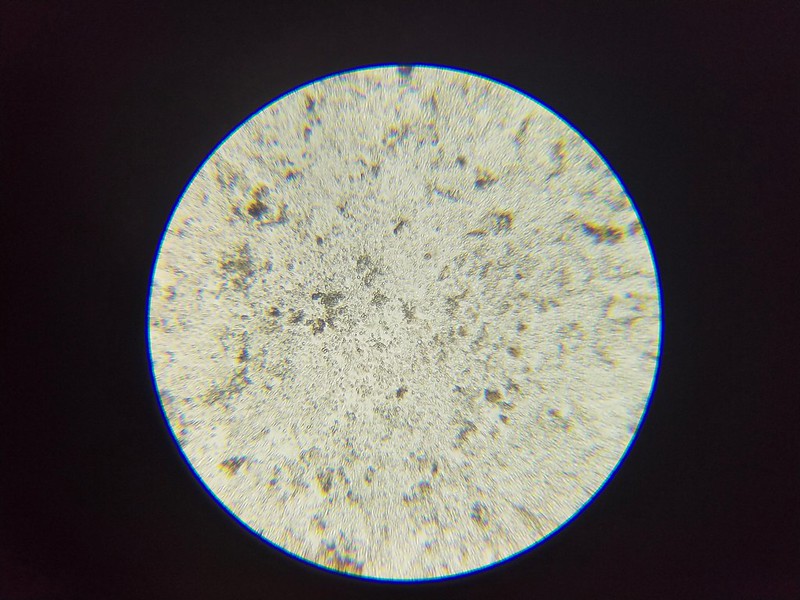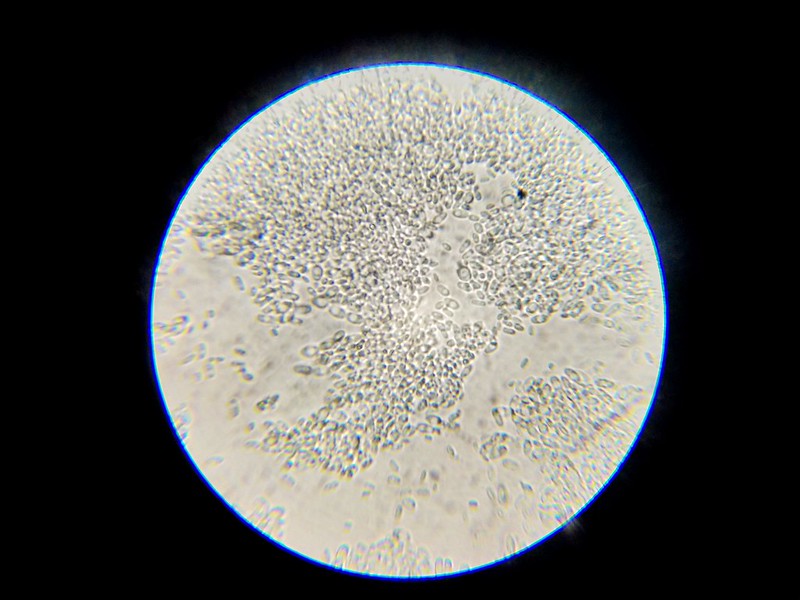Easycreeper
Well-Known Member
So my $90 microscope arrived today and I couldn't wait to try it out. Pulled a small sample from the harvest I did with a local strawberry. Didn't have any slides, so I improvised with a plastic Petri dish...
Any ideas of what I'm looking at here? I see both round and rod shaped organisms and some clusters of stuff too.
Should have waited to do some streaks on an agar plate, but excitement got the better of me.
Sorry for the scrappy pic quality.

Any ideas of what I'm looking at here? I see both round and rod shaped organisms and some clusters of stuff too.
Should have waited to do some streaks on an agar plate, but excitement got the better of me.
Sorry for the scrappy pic quality.








